-

Welded steel pipes, also known as seamed steel pipes, are created by taking pipe blanks (comprising steel plates and steel strips) and shaping them into pipes with the desired cross-sectional dimensions using various forming techniques. Subsequently, the seams are welded together using various welding methods. In contrast to seamless steel pipes, welded steel pipes offer advantages such as enhanced product precision, particularly in terms of wall thickness, utilization of uncomplicated primary equipment, minimal floor space requirements, the ability to maintain continuous production, flexibility in manufacturing, and a broad spectrum of unit product options.
-
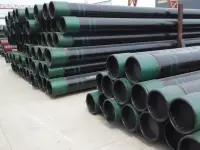
Oil casing collapse is a common form of oil casing damage. Therefore, the anti-collapse performance of oil casing has always been the focus of attention. Improving the collapse resistance of oil casing pipes is crucial for ensuring the integrity and safety of oil wells. Collapse resistance is the ability of the casing pipe to withstand external pressure without deforming or collapsing. Here are some ways to enhance the collapse resistance of oil casing pipes.
-
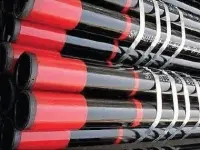
Buried oil pipeline anti-corrosion technology is a key part to ensure the long-term operation of the pipeline system and reduce corrosion damage. The selection and implementation of pipeline anticorrosion technologies depends on a variety of factors, including pipeline materials, underground environment, transportation media, climatic conditions and regulatory requirements. The following are some common anti-corrosion technologies for buried oil pipelines.
-
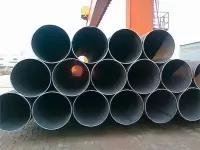
Heat Treatment of LSAW Steel Pipe
-
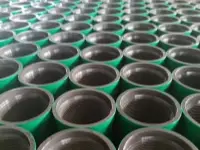
Guide to OCTG Tubing and Casing Couplings
-
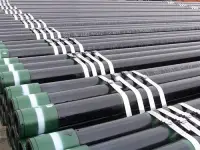
Grade N80 Steel Oil Casing Pipe
-
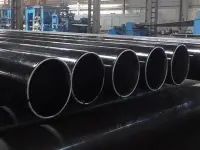
high frequency welded steel pipe advantages, HFW steel pipe advantages
-
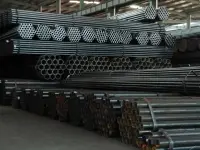
ERW (Electric Resistance Welded) steel pipes are made from steel coils or steel plates and the weld seam runs parallel to the pipe. They are commonly applied to transport oil, natural gas and other vapor-liquid objects, and can meet various requirements of high and low pressure. This article will introduce in detail the quality evaluation process of ERW steel pipes. Read on to learn more.
-
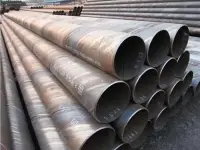
When welded steel pipe is manufactured, a steel plate or strip is bent and subsequently welded into either a circular, traditional pipe shape or a square shape, resulting in a seam on its body. Today, we will introduce in detail GB standards for welded steel pipes.
-
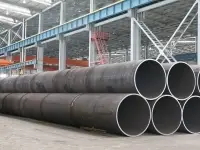
When welded steel pipe is manufactured, a steel plate or strip is bent and subsequently welded into either a circular, traditional pipe shape or a square shape, resulting in a seam on its body. Today, we will introduce in detail GB standards for welded steel pipes.
-
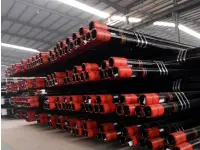
API (American Petroleum Institute) tubing is used in the oil and gas industry for various applications, primarily in the production and transportation of oil and gas from wellheads to processing facilities. These tubes are an integral part of the downhole equipment in oil and gas wells. The manufacturing process and types of API tubing can vary depending on the specific requirements of the well and the conditions it will operate under.
-
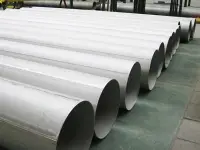
Duplex steel is made up of two distinct microstructures: ferrite and austenite, which makes it more difficult to weld than other types of stainless steel. This article provides a comprehensive guide to welding duplex stainless steel pipe so that you can make the most use of your work.
-
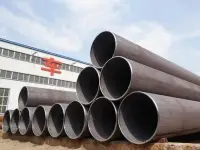
Straight seam steel pipe is a type of welded steel pipe. According to the production process, straight seam steel pipes can be divided into high-frequency straight seam steel pipes and submerged arc welded straight seam steel pipes. Submerged arc welded straight seam steel pipes are divided into UOE, RBE and JCOE steel pipes according to different forming methods.
-
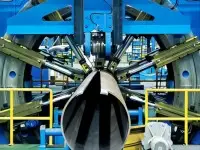
Double-sided submerged arc welding straight seam steel pipe (LSAW) production process
-
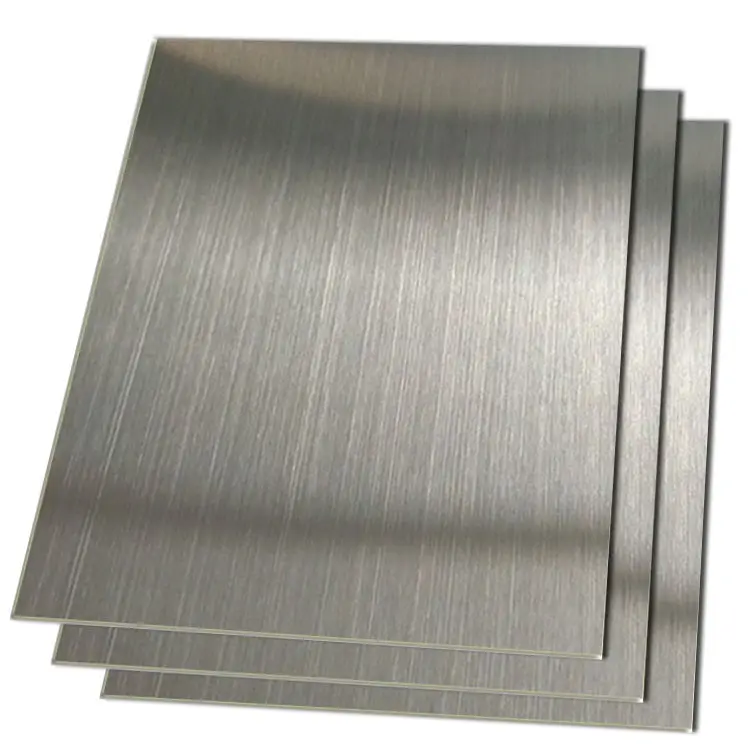
Standard general size of stainless steel plate thickness
-
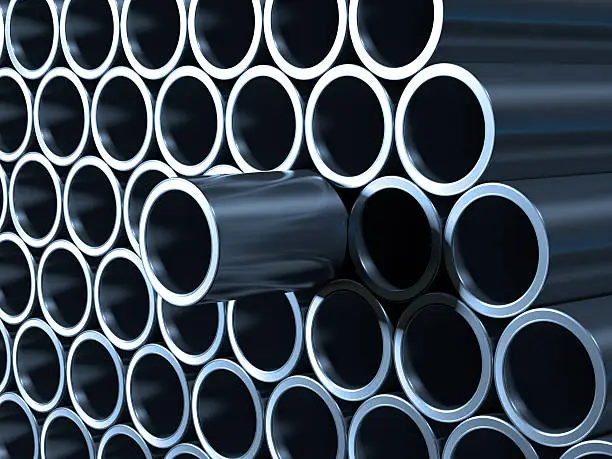
The benefits of using thin-walled stainless steel pipes
-
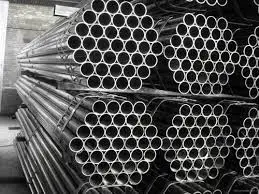
Classification and implementation standards of steel pipes
-
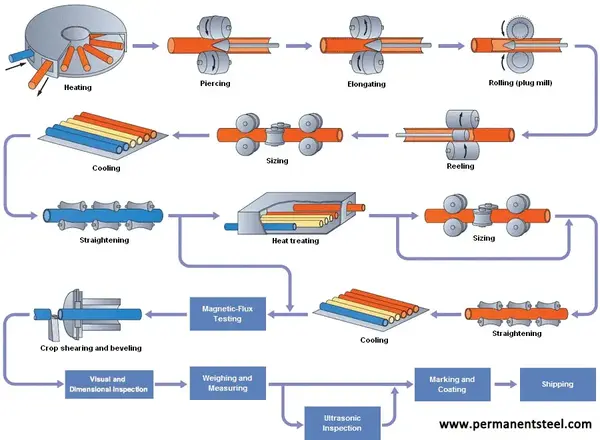
Characteristics of steel pipes
-
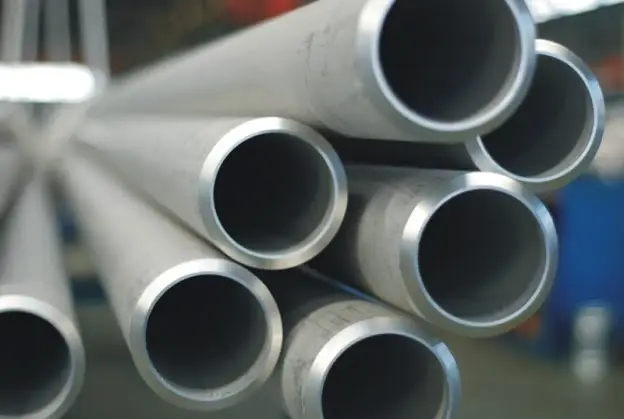
tubos de acero inoxidable
-
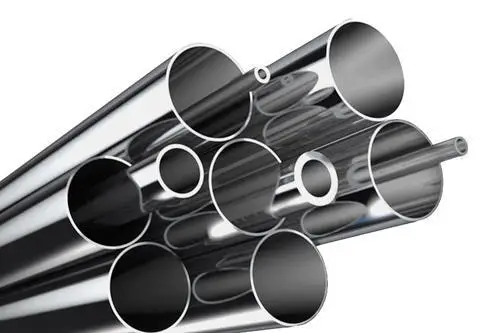
What are the types and uses of stainless steel pipes?
-
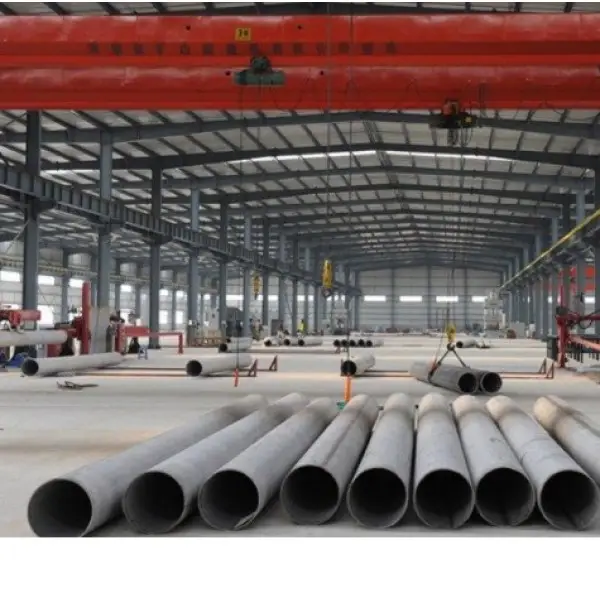
Stainless steel pipe is a kind of hollow long round steel, which is mainly used in industrial transportation pipelines and mechanical structural components such as petroleum, chemical industry, medical treatment, food, light industry, mechanical instrument and so on. In addition, when the bending and torsional strength are the same, the weight is lighter, so it is also widely used in the manufacture of mechanical parts and engineering structures. It is also commonly used to produce various conventional weapons, barrels, shells, etc.




















